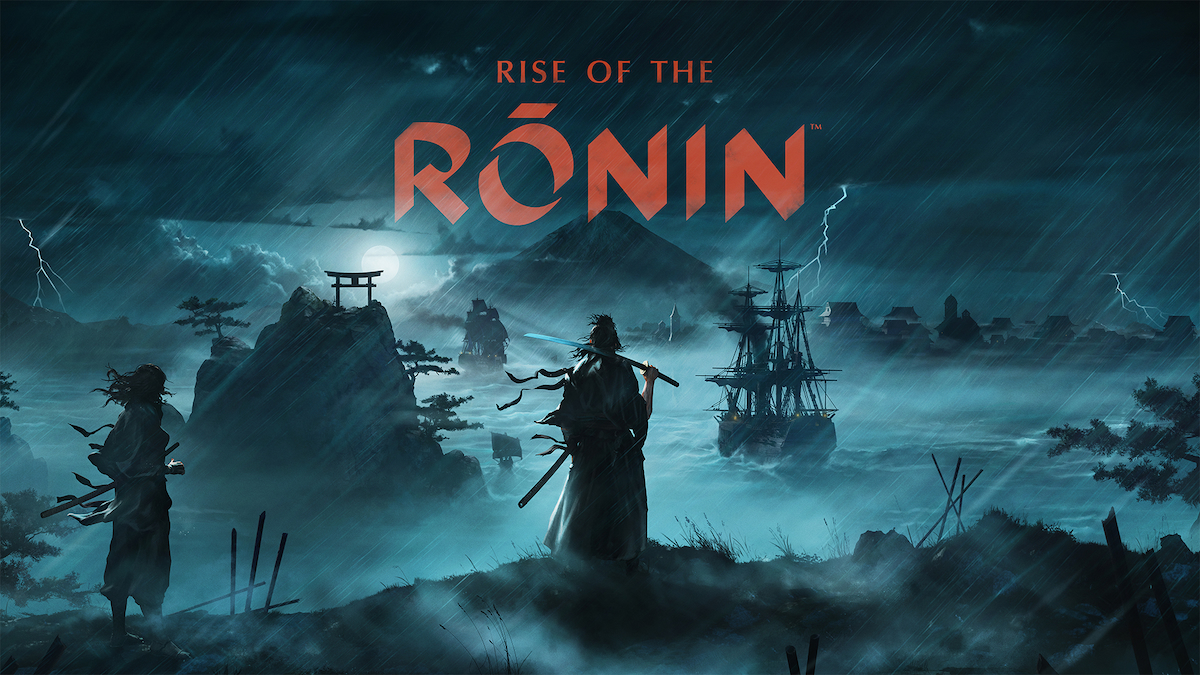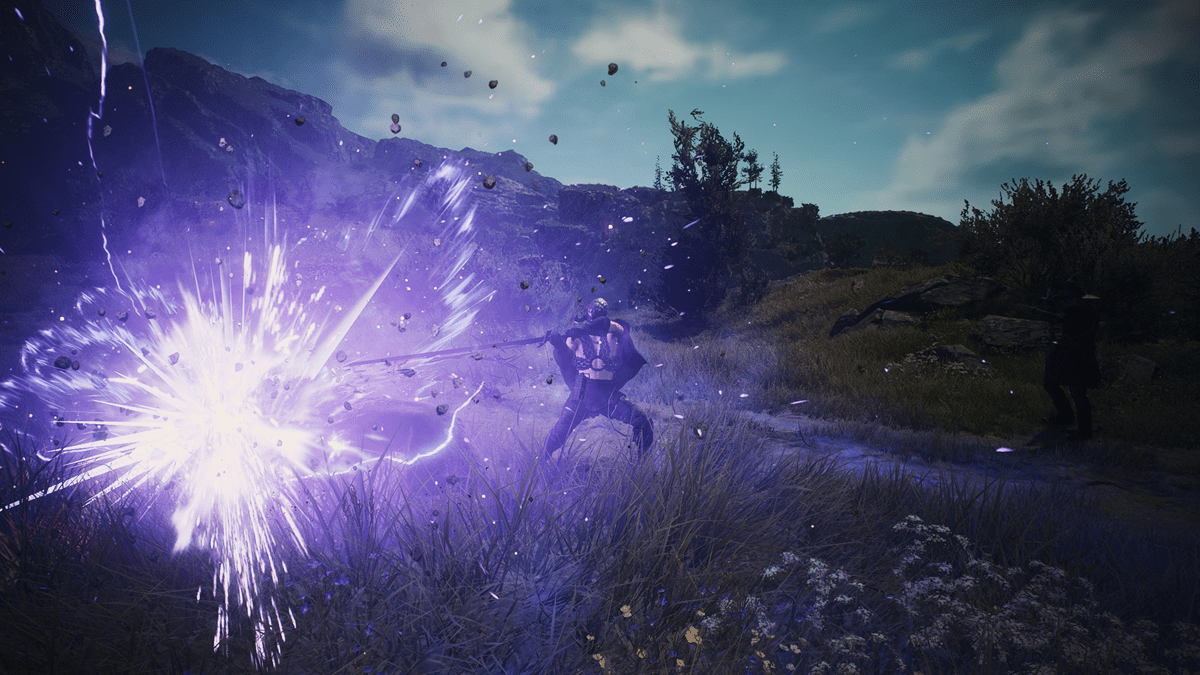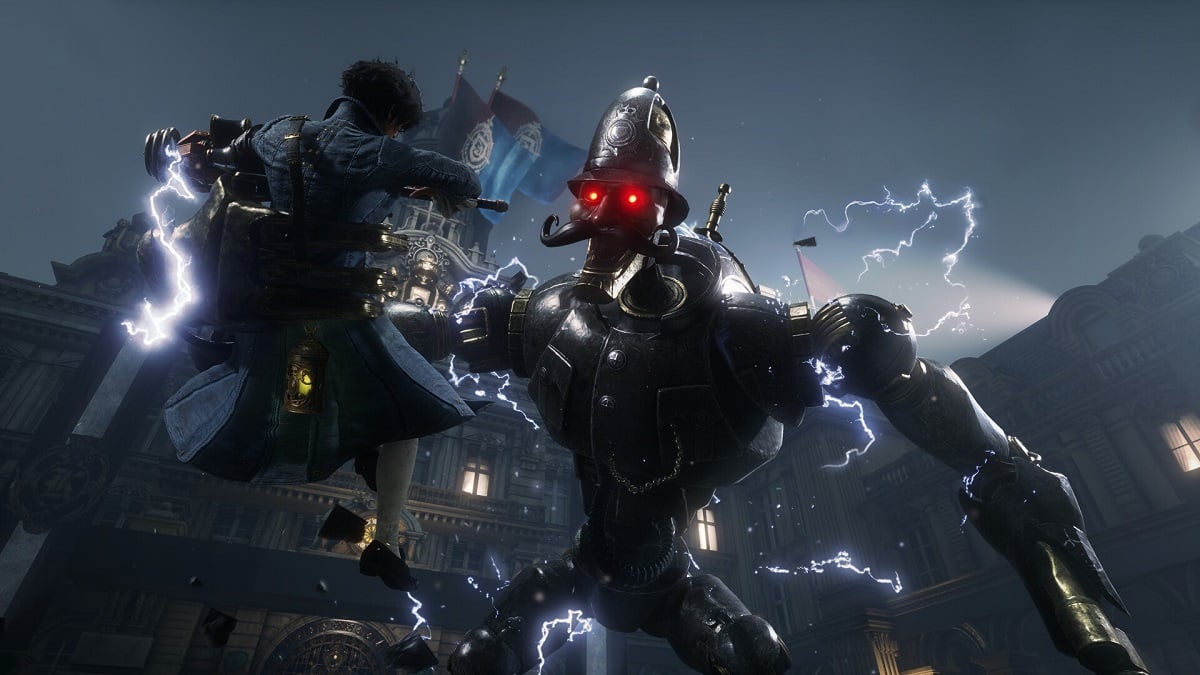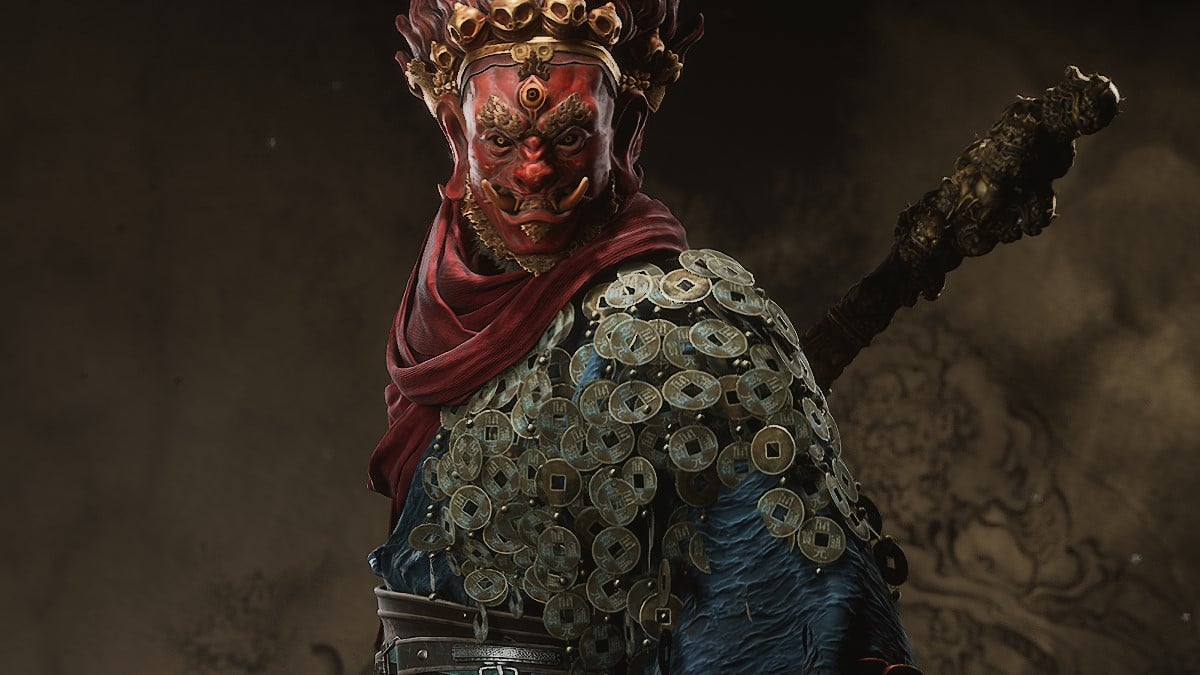To VR or not to VR: The perpetual question of price
The first time I encountered “VR” was at a county fair in the ’90s. It was for a racing game demo, and basically amounted to putting a TV on your head…I think I lost some of my eyesight that day. It was an absolutely fascinating experience all the same, and I’ve kept my eye on the tech ever since.
Once the first consumer-grade Oculus Rift headset launched, I was there, and saw all of the advancements of the subsequent two decades since the TV-helmet at once: but there was so much more work to do. For the past seven years or so, VR has struggled to balance power and comfort. The Oculus Quest 2 is comfortable, but not super powerful. Other headsets focus on power at the expense of clunk, like multiple finnicky tracking devices. The PlayStation VR 2 is a good compromise combined with great tech: with the obvious hurdle of the price point. Let’s talk about it.
Product: PlayStation VR 2
Manufacturer: Sony
Input: USB-C
MSRP: $549.99 (base PSVR 2 unit with two Sense controllers)
Unboxing the PSVR 2
Let’s get the specs out of the way first:
- Display method: OLED
- Panel resolution: 2000 x 2040 per eye
- Panel refresh rate: 90Hz, 120Hz
- Lens separation: Adjustable
- Field of View: Approx. 110 degrees
- Sensors: Motion sensor: Six-axis motion sensing system (three-axis gyroscope, three-axis accelerometer)
- Cameras: 4 embedded cameras for headset and controller tracking – IR camera for eye tracking per eye
Having unboxed every major consumer-centric VR headset since the original Rift, I was shocked at how dead simple the PSVR 2 unpacking process was. You get the headset itself with a USB-C cable to plug it in (more on that later), a USB cable for the controllers, earbud headphones, and two PSVR Sense controllers. That’s all you need. There are no sensor towers (like several other headsets, that’s baked into the device itself), and there’s no gigantic converter box like the original PSVR.
The PSVR 2 is a paragon of VR setup experiences. To really hit home how much easier it is to setup the PSVR 2 is compared to its predecessor, just take a look at the comparison photos I shot below. On the left is the PSVR 2 (one USB-C cable), on the right is the original PSVR (with some jumbled cables for dramatic effect). Quite the contrast! After plugging it in, the headset took roughly 30 seconds to initialize fully on my PS5: adding about 30 seconds to sync each controller (which need to be plugged in at first).
The room scanning feature is incredibly slick, showing off the exterior cameras of the PSVR 2 unit with a cool sci-fi pixelated overlay. To create your play space you’ll just look at the floor, ceiling, and all of your walls: which can take as little as 15 seconds. In my experience the tracking is more accurate than the Oculus Quest 2, and the floor (which sometimes needs to be synced by tapping a controller on its base) always scanned perfectly every time. I also found that the amount of light needed for the sensors to work was far less finnicky than the Quest 2. Although it does technically still have a cable (the lack of one still makes the Quest 2 stand out), it’s not a nuisance.
How the PSVR 2 feels after hours-long sessions
As you might imagine I spent a lot of time in VR trying out the PSVR 2: fiddling with menus and trying out multiple games. Initially, it took me a bit to find the comfort setting that worked for me, but I got there.
On the base of the visor is a button which can be used to slide said visor in and out (glasses are accommodated if you wear them, as is the case with many modern VR headsets). On the back is a dial, which can be twisted to cinch the visor to your head (the dial can also be pressed to release the headset). It’s similar to the original PSVR in terms of comfort tweaking, but the design itself is sleeker and feels better to wear for longer periods of time.
The sound situation could be a hang-up for some, but there are plenty of solutions for it. The packed-in earbuds are a tad annoying as they don’t always stay in the sides of the device (there’s little holes with ridges to stick each bud in): but it’s one of the few hardware snafus that actually came up in my many hours with the device. In fact, I ended up subbing out a PS5 Pulse 3D headset, and it almost conforms with the headset, creating a better seal to silence the outside world. No speaker support (read: built-in audio) on the device is a bummer, but it’s a very small concession to make; and one of the only big concessions on the device at all, tech-wise.

The PSVR 2 Sense controllers
When I first experienced the Oculus Touch controllers a little over six years ago, it felt like a true VR hardware revolution. I was hooked playing Superhot VR and Robo Recall, and found myself completely entranced by the tech. To be honest, I’m still kind of in that trance. When a game really utilizes that dual-hand control scheme to its fullest extent, it creates an experience that’s completely different from traditional gaming. I’m pleased to say that the PSVR 2 Sense controllers continue that legacy.
The PSVR 2 Sense controllers are multiple generations ahead of Move. It’s such an obvious statement, but if you’ve ever played a game with a Touch/Valve Index type controller before, you’ll know what I mean. The Sense controllers sport a six-axis motion sensing system (three-axis gyroscope + three-axis accelerometer), and are incredibly responsive, with a fantastic sense of haptic feedback and finger tracking. It’s a little confusing at first to have to relearn the Sense-specific PlayStation buttons (especially if you’re also using Oculus Touch or the Valve Index controllers), but it only took me a day or so to acclimate, and most games have visual indicators when tutorializing new inputs.
Like the headset itself the Sense controllers are comfortable, even after all-day sessions. You’ll also charge them the same way as the DualSense controllers (via USB), or you can opt for a $50 Sense charging station that plugs into the wall and takes care of charging them both.

The PSVR 2 launch game situation
The big star this time around is Horizon Call of the Mountain: a VR spinoff from the Horizon Zero Dawn/Forbidden West franchise. Thankfully, it’s pretty good, and you can read all about it here.
How starstruck you’ll be at the rest of the lineup really depends on how much VR you’ve consumed already. For me, roughly a fourth of the PSVR 2’s initial offering is filled with VR games I’ve already played on the Index, Oculus Quest 2, or even the Rift. That’s not necessarily a bad thing, it just might limit your options. That said, I actually replayed several higher profile multiplatform VR games on the PSVR 2 (like Thumper) and had a great time. A lot of these games are completely different from their state at launch, with multiple quality of life and content updates: as well as some technical enhancements in tow to account for the PS5.
If you’re coming in fresh, or even as a lapsed VR player, you have nothing to worry about. You can get started on modern VR classics like both Moss games, as well as Rez Infinite, Tetris Effect, the aforementioned Thumper, Pistol Whip, Job Simulator, and delve into more flawed-but-fun games like Jurassic World Aftermath and Star Wars: Tales from the Galaxy’s Edge.
Short term, I’m looking forward to trying out Resident Evil Village in VR (if it’s anything like RE7 I have a full playthrough on the horizon) and The Dark Pictures: Switchback. Long term, Sony will need to convince more studios (internal and third party alike) to add free VR updates to existing heavy-hitters like the ones coming for Resident Evil Village and Gran Turismo 7. Those will help smooth out the longer waits between big original VR projects like Horizon Call of the Mountain.
Here’s the full PSVR 2 launch window lineup:
- After the Fall (Vertigo Games)
- Altair Breaker (Thirdverse)
- Before Your Eyes (Skybound Interactive, launch window)
- Cities VR (Fast Travel Games)
- Cosmonious High (Owlchemy Labs)
- Creed: Rise to Glory – Championship Edition (Survios, launch window)
- The Dark Pictures: Switchback (Supermassive, launch window)
- Demeo (Resolution Games)
- Dyschronia: Chronos Alternate (MyDearest Inc., Perp Games)
- Fantavision 202X (Cosmo Machia, Inc.)
- Gran Turismo 7 (via free update to PS5 version of GT7)
- Horizon Call of the Mountain (Firesprite, Guerrilla)
- Job Simulator (Owlchemy Labs)
- Jurassic World Aftermath (Coatsink)
- Kayak VR: Mirage (Better Than Life)
- Kizuna AI – Touch the Beat! (Gemdrops, Inc.)
- The Last Clockwinder (Pontoco/Cyan Worlds)
- The Light Brigade (Funktronic Labs, purchase includes PS VR and PS VR2 versions)
- Moss 1 & 2 Remaster (Polyarc)
- NFL Pro Era (StatusPro, Inc., free PS VR2 upgrade)
- No Man’s Sky (Hello Games, launch window)
- Pavlov VR (Vankrupt)
- Pistol Whip (Cloudhead, free upgrade)
- Puzzling Places (Realities.io, free upgrade)
- Resident Evil Village (Capcom, via free update to PS5 version of RE Village)
- Rez Infinite (Enhance)
- Song in the Smoke (17 Bit)
- Star Wars: Tales from the Galaxy’s Edge – Enhanced Edition (ILMxLAB)
- Synth Riders (Kluge Interactive, free upgrade)
- The Tale of Onogoro (Amata K.K)
- Tentacular (Devolver)
- Tetris Effect: Connected (Enhance)
- Thumper (Drool LLC)
- The Walking Dead: Saints & Sinners: Ch. 2: Retribution (Skydance, launch window)
- Townsmen VR (Handy Games)
- Vacation Simulator (Owlchemy Labs)
- What the Bat (Triband)
- Zenith: The Last City (Ramen VR, free upgrade)

Should you buy a PSVR 2?
For those of you who haven’t bought into any VR platform at all, the PSVR 2 is a decent place to start. It already has a handful of VR classics on its storefront, the Sense controllers are on par with the best consumer VR tech available, and the PSVR 2 itself is powerful enough to coast you through this generation. From a technical perspective the PSVR 2 absolutely brings it, and the Sense controllers will sell VR to folks far beyond Sony’s wildest Move-related dreams. Giving things another go is often unusual for Sony, but they’ve done it with the PlayStation VR 2. For now, there is enough there where VR newcomers and veterans could keep themselves busy for a while.
If you’re an early adopter of any tech, you likely know the risks. The thing is, the PSVR 2 feels less risky than its predecessor as Sony has already spent the cash developing some games for the platform for years, and likely won’t abandon the VR industry in the very near future.
[This review is based on a retail build of the hardware provided by the publisher.]
















Published: Feb 25, 2023 04:00 am